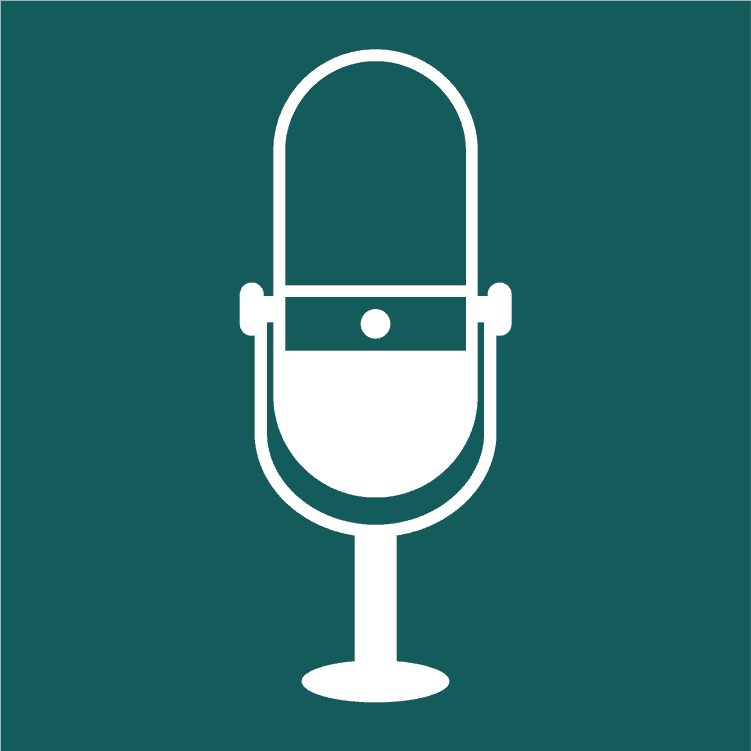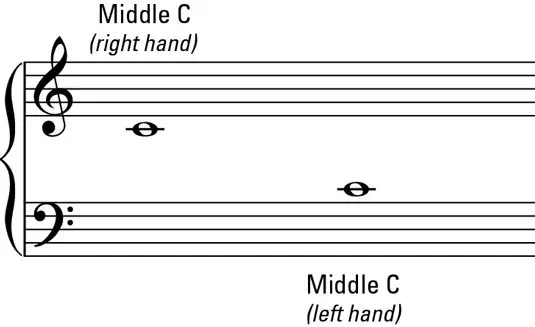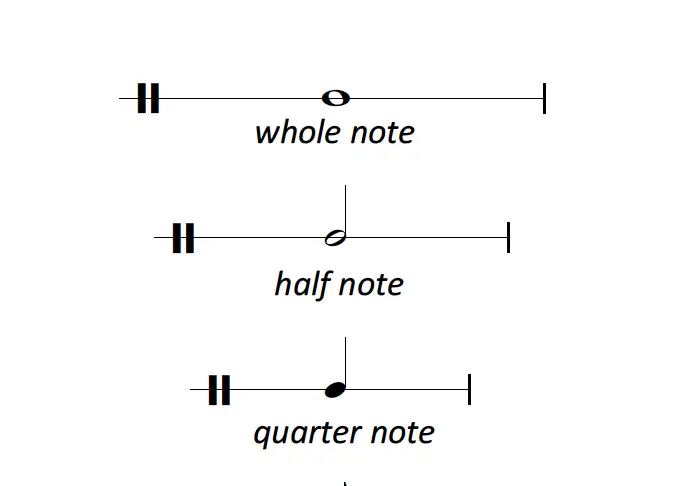How To Read Singing Sheet Music
Reading singing sheet music isn't as difficult as you believe

Determining how to read music is a really essential skill to have. But it is also a different skill from singing. So why should we treat them as one and the same! As a segment in the ‘Beginner’s Guide To Singing’, we hope to present you the tools and knowledge to read music better.
Do We Need Musical Notation?
So how exactly does someone from Australia produce something, and someone in America can understand it? It’s simply because they follow the rules of reading and writing in the English language. Printed written music notation is the same thing. If you are in Miami or Perth, so long as you can understand the symbols on the page, it is possible to play the music.
But when was it created? Well, truly early examples have been discovered on stone tablets as long ago as 2000 B.C. Though the modern variety we read now was actually created by Catholic Monks to help make church music worldwide a standard style!

Should You Bother Learning To Read Music?
Let’s be totally honest. Finding out how to read music is really a hard thing to do.
Some amazing music artists never learned, and there are widely used techniques that include playing by ear, or by using chord patterns, that ultimately don’t need sheet music.
You could absolutely go down this path if you choose. Just understand that like riding a bicycle, reading music is actually a skill you always remember – and the advantages massively outweigh the disadvantages.
Is Reading Music Challenging?
When you learnt to read and write, did you handle them as the same task? Of course not. Managing your hand motions by using a pen, studying the forms of words, discovering how characters join together are all a radically different skill from using your eyes to find out what a combination of letters spells.
The procedure of finding out how to read music is actually comparable.
Singing practice is really a radically different skill from reading the sheet music before you. Lots of badly experienced teachers try to teach both of these components together – however, you know much better! Learn them as individual skills that overlap. This way you’ll become successful quicker.
Learn The Basics Of Musical Notation
The Grand Staff
For singing, staff notation is actually organized around something named the grand staff. This consists of two staves (the name for the lines) of 5 lines and 4 spaces, connected by a brace on the left. The top staff is usually labelled with a treble clef (the squiggly thing at the start of the line)! The bottom staff is usually noted with a bass clef (appearing like a backwards C).
Middle C lies in the gap in between the staves, on an imaginary line. Just as it is roughly the middle point of all the notes available, it’s also the centre position in the staff.
Notes can sit on a line or in a space. The vertical location (height) of the note specifies the pitch. The higher up the stave, the higher the pitch. If the note would need to move higher or below the stave lines, we create mini lines for each note that is higher or lower. These lines are known as ledger lines.

The notes
In order to avoid counting up from middle C each and every time, we are able to take advantage of memory aids to recognise the notes. The 4 spaces in the treble staff spell out “FACE”.

The five lines of the treble staff are EGBDF. The acronyms which are popular are usually “Every Good Boy Does Fine” or “Every Girl Boss Does Fine.” We personally think they are pretty terrible, and it’s much more enjoyable to make up your own!

And just for completeness, this is actually the whole Grand Staff, with all notes…

Tell Me About The Duration Of Notes
When reading through music, we read from left to right. Now we understand what placement on the stave makes what note, we must have a second instruction from the printed symbol. We have to know how long to hold the note for.
The overall shape of the note and if it’s filled in, informs us the length of time to hold the note for.
- A whole note (or if you are in the UK, it’s called a Semibreve) is an empty circle and lasts four counts.
- A half note (or if you are in the UK, it’s called a Minim) adds a stem and lasts two counts.
- A quarter note (or if you are in the UK, it’s called a Crotchet) fills in the circle and lasts one count.

How To Read Singing Sheet Music - Summary
Finally…
With that information, if you study it for long enough and get used to recognizing which line and space equal which note, you will be fluent in reading music in no time.
Of course, there are numerous extra aspects to eventually learn – but for now, that should provide you with a great head start!

About the Author
Elinor Jane Moran
Elinor is a world-class Opera singer and Olympic Hip Hop Dancer all combined into one! She is currently travelling the globe on tour with André Rieu and The Johann Strauss Orchestra as a guest soloist.
Whilst not performing on the stage, she likes making records - and was recently featured on the SONY BMG album, “The Best Of Gilbert And Sullivan” which reached the top of the Classical Chart. Oh, and did we mention she also loves hip-hop! What a brilliantly odd combination...
Other posts by this author
Whilst not performing on the stage, she likes making records - and was recently featured on the SONY BMG album, “The Best Of Gilbert And Sullivan” which reached the top of the Classical Chart. Oh, and did we mention she also loves hip-hop! What a brilliantly odd combination...
Uncover What 4 Things I’ve Discovered This Week
As regular as I see the sun, I send out an email to you with the four most outstanding things that you absolutely have to know about.
As long as it’s music-related, it could land in the e-mail. Brand new tracks, tricks, goods, reviews – nearly anything at all.
Become a member of the 4 Feature Friday email list, by simply hitting beneath.
Read the next post in this series:




